Gamay is a red wine grape variety that has been gaining popularity among wine lovers in recent years. Originating in the Beaujolais region of France, the Gamay grape variety is known for its bright berry flavors and light-bodied style. Today, it is grown not only in France but also in other parts of Europe, North America, and Australia.
Despite being overshadowed by more famous varieties like Cabernet Sauvignon or Pinot Noir, Gamay offers a unique taste profile that sets it apart from other red wines. With its low tannins and high acidity, Gamay wine pairs well with a wide range of foods and can be enjoyed both as an easy-drinking everyday wine or as a special occasion bottle.
Is Gamay a Burgundy outcast?
Gamay is a grape that has long been outcast from the Burgundy region. It is often associated with the Beaujolais region and not considered a Burgundian variety. However, in recent years, there has been an increase in interest and production of Gamay wines produced within Burgundy.
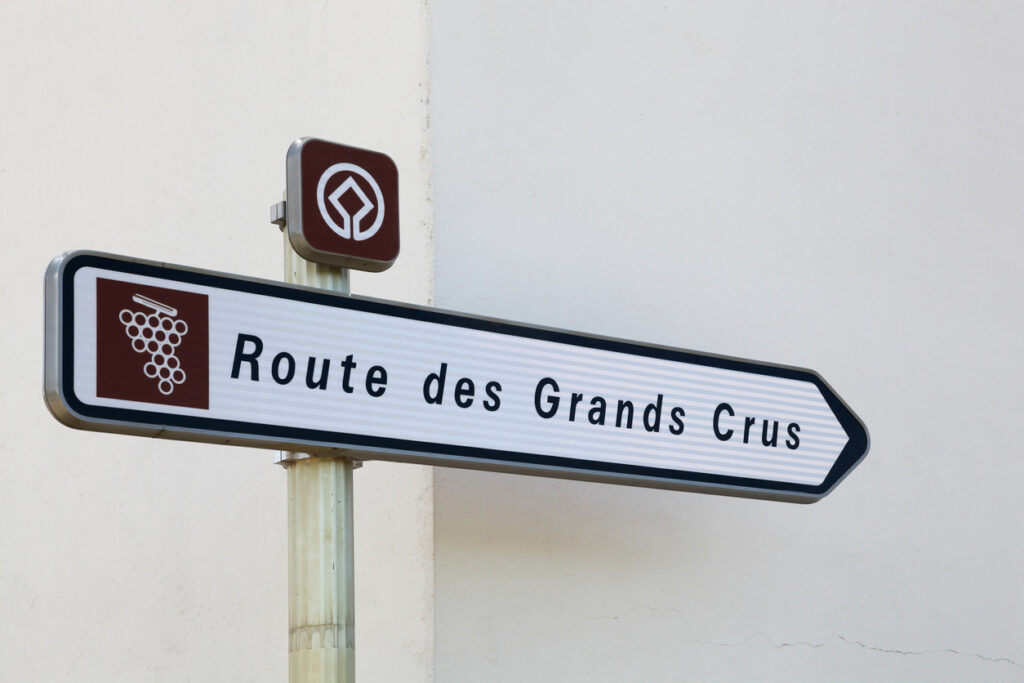
Potential of Gamay Wine
Many wine experts argue that Gamay wine has the potential to be just as complex and elegant as Pinot Noir, the quintessential Burgundian grape. Gamay can produce wines with bright red fruit flavors, fresh acidity, and silky tannins. Some producers have even started blending Gamay with Pinot Noir to create unique blends that showcase both grapes’ strengths.
The Fame of Beaujolais Nouveau as an obstacle to other Gamay Wines
Despite this growing interest in Gamay wine, some traditionalists still view it as an outsider in Burgundy. They argue that its association with Beaujolais Nouveau detracts from its ability to stand on its own within the region.

The main difference between gamay noir and pinot noir wines is essentially the ground they grow on or otherwise known as the terroir.
Gamay Noir Facts and history
Gamay Noir is a red grape variety that is predominantly grown in the Beaujolais region of France. The grape is known for producing light-bodied, fruity wines with low tannins and high acidity. Gamay Noir was first mentioned in the 14th century, but it wasn’t until the 17th century that it became more widely planted throughout the Beaujolais region.
In the mid-20th century, Gamay Noir became popular in other parts of France and even internationally. However, its reputation suffered due to overproduction and low-quality wines being made from the grape. In response, regulations were put in place to protect the quality of Beaujolais wine made from Gamay Noir grapes.
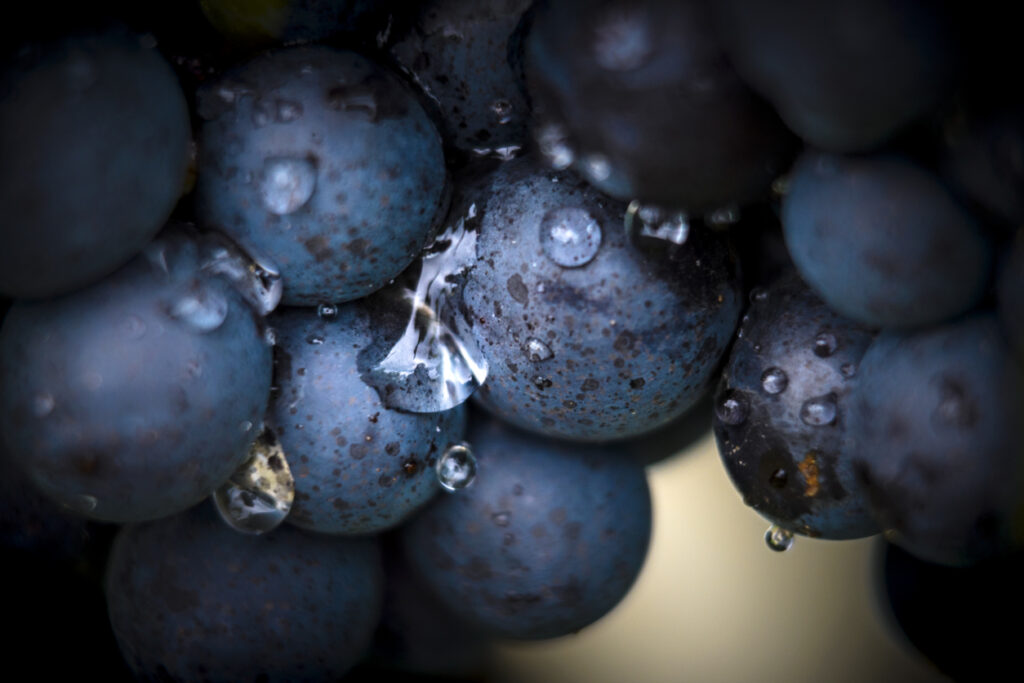
Today, Gamay Noir is still primarily associated with Beaujolais wines and has regained its reputation as a high-quality grape variety.
Gamay and Beaujolais Wine Regions
There are 12 appelations in the beaujolais area with beaujolais village and Côte de brouilly being the largest and Morgon and Moulin à vent the most prestigious ones.
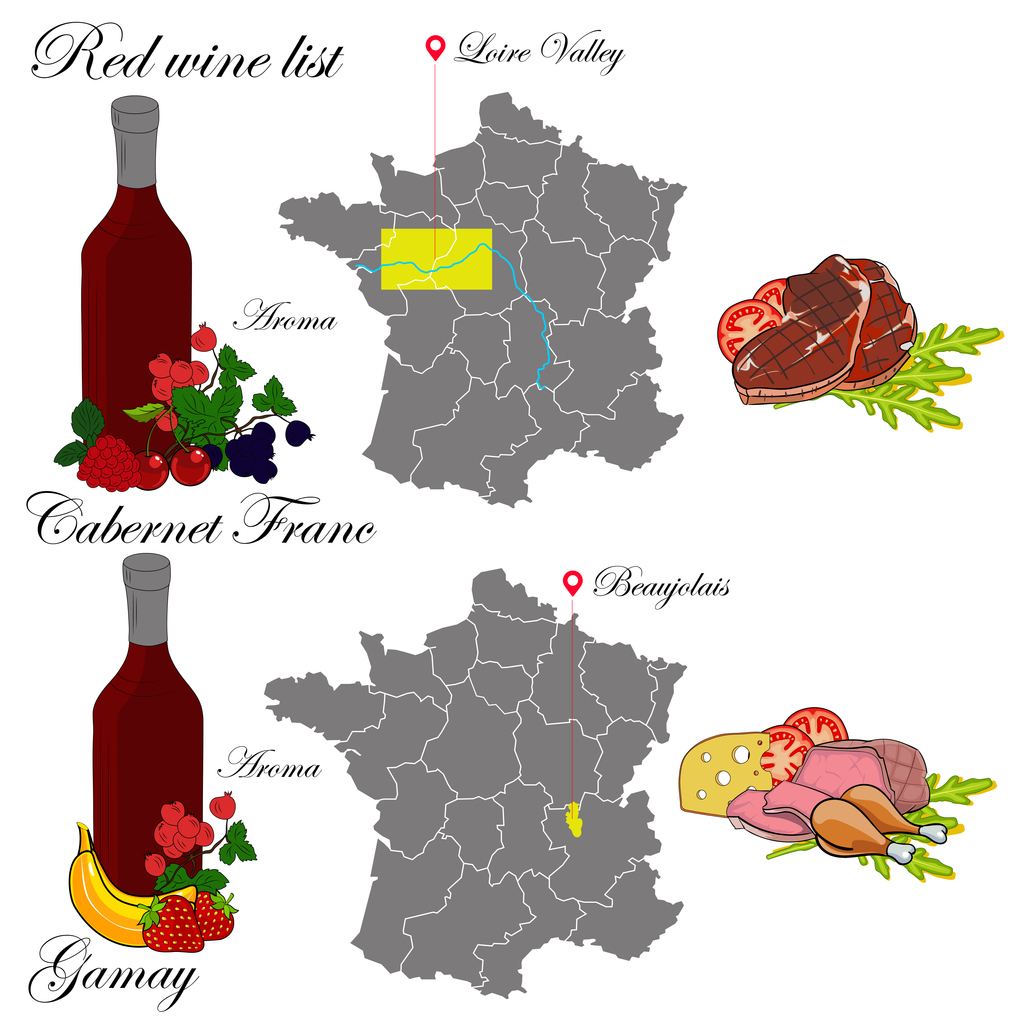
Côte de Brouilly
Côte de Brouilly is a charming wine region located in the heart of Beaujolais. Situated in eastern France, it is renowned for producing some of the most exquisite wines in the world. The vineyards here are planted on steep slopes that ascend from the foot of Mont Brouilly to its summit at 1,312 feet above sea level. This unique terroir produces wines with exceptional finesse and complexity.
The Côte de Brouilly appellation covers an area of approximately 320 hectares and is home to nearly 80 winemakers. The primary grape variety grown here is Gamay Noir à Jus Blanc, which thrives in this granite-rich soil. The resulting wines are characterized by their vibrant acidity, intense fruit flavors, and delicate, soft tannins throughout.

Beaujolais Villages
This appellation includes 38 villages that produce red wines made primarily from Gamay grapes. These wines have become popular worldwide due to their lightness, freshness, and versatility. They are perfect for pairing with a wide range of dishes ranging from grilled meats to spicy Asian cuisine.
In addition to its world-renowned red wines, Beaujolais Villages also produces white and rosé wines that showcase the diversity of the region’s grape varieties.
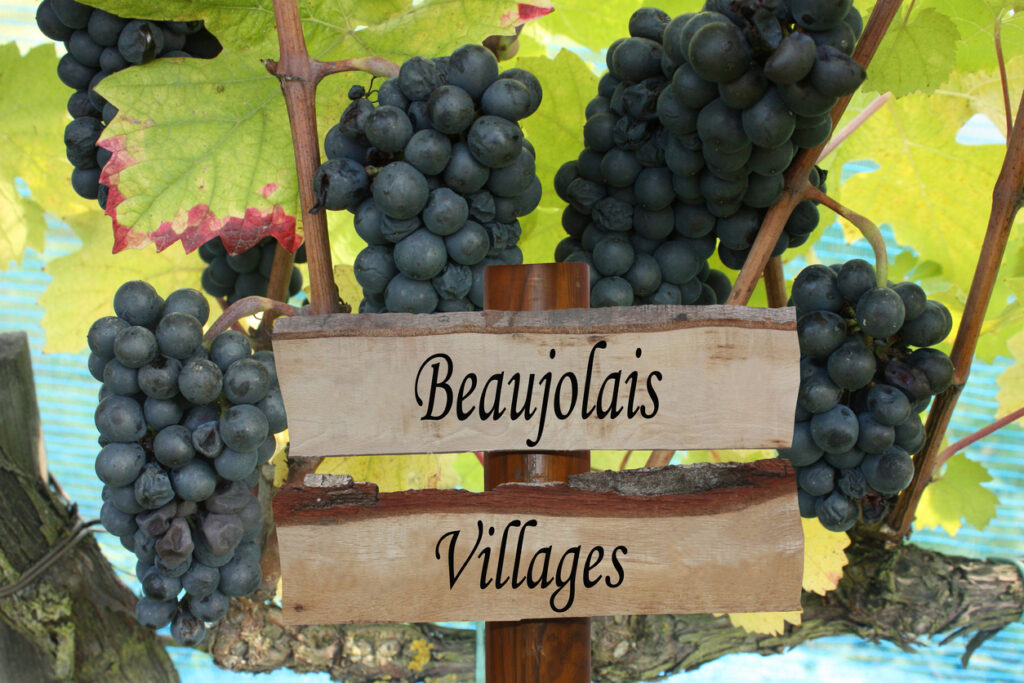
Morgon
Morgon is a village located in the Beaujolais wine region of France. It is famous for producing some of the best Gamay wines in the world under the Morgon appellation. Morgon wines are known for their rich and complex flavors, which are a result of the unique terroir of the region.
The soil in Morgon is made up of granite and schist, which gives its wines their characteristic minerality and depth. The vines here grow on steep slopes that face south-east, allowing them to bask in sunlight throughout most of the day. This exposure to sunlight helps to ripen the grapes fully, resulting in intense fruit flavors.
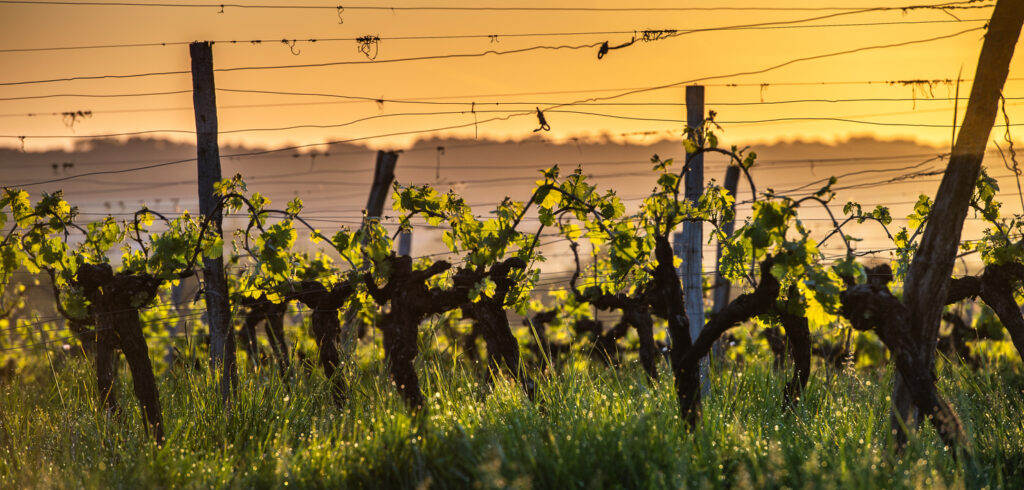
Morgon wines are typically medium-bodied with aromas of red fruits such as cherries, raspberries, and strawberries. They also have floral notes that add complexity to their flavor profile.
Moulin à vent
Moulin à Vent is a Beaujolais appellation located in the northern part of France. It is one of the ten Crus of Beaujolais and produces some of the most complex and age-worthy wines in the region. The area has been known for winemaking since Roman times, but it wasn’t until the 18th century that Moulin à Vent began to gain recognition.
The appellation covers around 660 hectares of vineyards on granite-based soils, which give its wines their distinct character. The red grape variety Gamay makes up nearly all plantings with just a small amount of Chardonnay grown as well. The wines from Moulin à Vent are full-bodied with intense aromas of dark fruits, spice, and subtle earthy notes throughout. They have firm tannins that make them ideal for ageing in oak barrels or bottle.
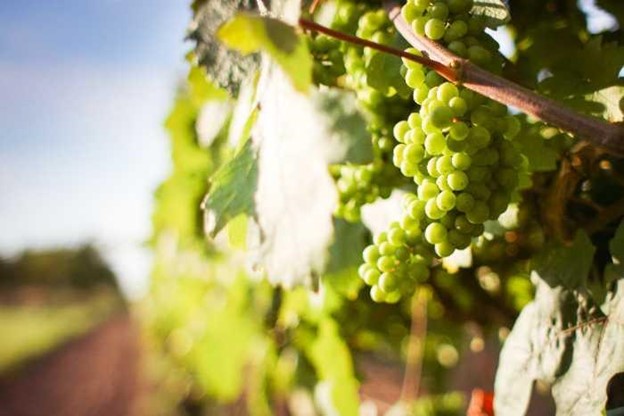
Willamette Valley Oregon
Gamay is a red wine grape variety that originated in the Beaujolais region of France. It has become increasingly popular in recent years, particularly in the Willamette Valley region of Oregon. This area boasts a cooler climate and volcanic soils that produce Gamay wines with unique and complex flavors.
The flavor profile of Willamette Valley Gamay wines is characterized by its bright acidity, low tannins, and fruity notes of raspberry, cherry, cranberry, and blackcurrant. These flavors are often accompanied by hints of spice and earthiness that add complexity to the wine’s taste profile. The aroma is equally enticing, featuring floral notes such as violet and rose petal along with delicate floral aromas and subtle hints of smoke and minerals.
Beaujolais Nouveau
Beaujolais Nouveau is a young, fresh and fruity wine that has become one of the most anticipated wine releases in the world. The wine is made from Gamay grapes grown in the Beaujolais region of France and is released on the third Thursday of November each year. This annual release date has become a major event both in France and around the world.
History of Beaujolais Nouveau
The tradition of releasing Beaujolais Nouveau dates back to the 1950s when it was first produced as a way to celebrate the end of harvest season. In those early days, winemakers would race to get their bottles onto tables across Paris by midnight on November 15th. Today, this tradition has evolved into a global celebration with parties and tastings held all over the world.

Despite its relative youth, Beaujolais Nouveau can be complex and delicious when made well.
What Does Gamay Taste Like?
Gamay grape” wines are known for their light and fruity taste. These wines originate from the Beaujolais region of France, and they have a unique flavor profile that sets them apart from other light bodied red wines. Gamay grapes produce wine with a lower tannin content, making it easier on the palate than other reds.
The taste of gamay wine is often described as having notes of strawberry, raspberry, and cherry. It’s a dry wine that is easy to drink due to its low acidity levels. The fruitiness makes it perfect for serving slightly chilled on warm summer days.

In addition to its fruity notes, gamay wine has hints of spice and earthy undertones. This balance between fruitiness sweet spice and earthiness makes gamay an excellent pairing option for many dishes such as grilled meats or roasted vegetables.
Difference of Beaujolias Nouveau and Gamay Noir wines
Beaujolais Nouveau and Gamay Noir wines may have some similarities, but they are distinct from each other. The Beaujolais Nouveau is a light-bodied wine that is made in the Beaujolais region of France. It is released on the third Thursday of November, just six weeks after it was harvested. This wine is known for its bright fruit flavors and low tannins, making it easy to drink and perfect for pairing with a Thanksgiving meal.
On the other hand, Gamay Noir wines are more complex than their younger counterpart. These wines come from the same region as Beaujolais Nouveau but are not released until at least four months after harvest. Unlike Beaujolais Nouveau, they typically undergo fermentation in oak barrels or stainless steel tanks before being bottled. This process gives them more depth and complexity than their younger sibling.
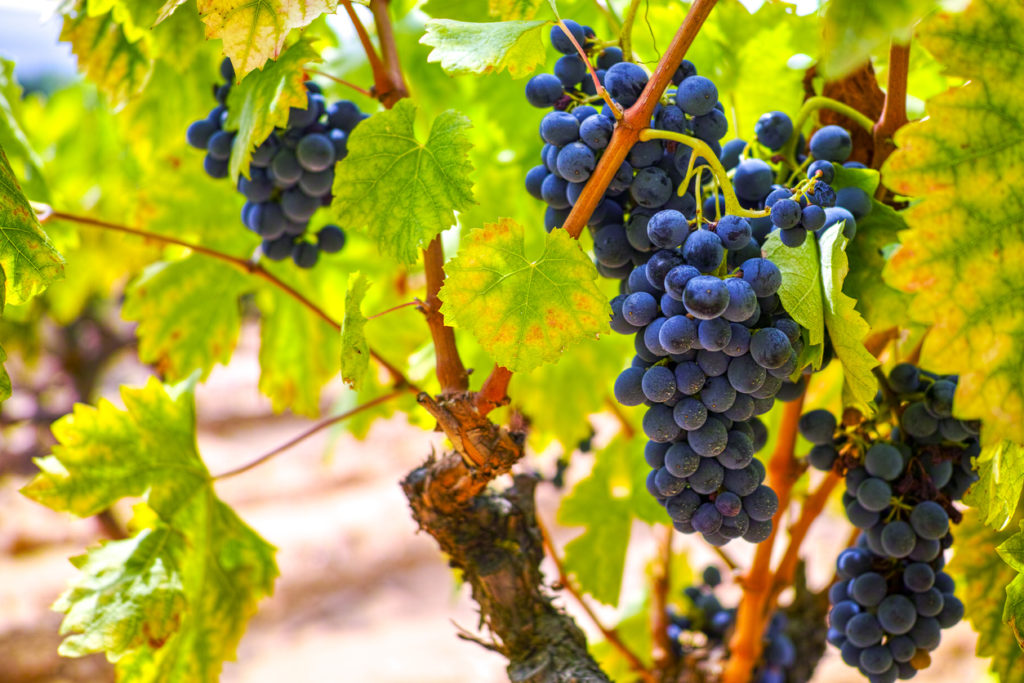
Carbonic Maceration
Beaujolais Nouveau Carbonic maceration is a unique winemaking process that has gained popularity in recent years. This technique involves fermenting grapes in an oxygen-free environment, which results in a fresh and fruity wine. The process starts with whole bunches of grapes being placed into a sealed tank, where carbon dioxide gas is introduced.
Source of Characteristic Flavors
The weight of the grapes on top causes them to burst, releasing their juice and starting the fermentation process within each individual grape. The result is a wine that exhibits flavors of red fruits such as raspberry, cherry, and cranberry. Beaujolais Nouveau Carbonic maceration wines are meant to be consumed young as they do not age well due to their fruit-forward nature.

This style of winemaking is most commonly associated with the Beaujolais region of France where it originated over 60 years ago.
What does Gamay pair with?
One of the best things about Gamay Noir is its ability to pair well with a wide range of foods. Its acidity and fruit-forwardness make it an ideal match for savory dishes like roasted chicken or turkey, grilled salmon or pork chops. It also pairs excellently with lighter meats like duck breast or lamb chops, as well as vegetarian options like mushroom risotto, pasta dishes made with tomato-based sauces.
What food goes well with Beaujolais Nouveau?
It’s a light-bodied red wine that pairs well with a variety of foods, making it a popular choice for Thanksgiving dinner.

One classic pairing for Beaujolais Nouveau is roast turkey. The wine’s low tannins and high acidity complement the mild flavor of turkey without overpowering it. Other poultry dishes like chicken or duck also pair well with this wine. For vegetarians, try serving Beaujolais Nouveau with roasted root vegetables or mushroom risotto to bring out the earthy notes in both the food and wine.
Another option for pairing with Beaujolais Nouveau is charcuterie and cheese boards.

